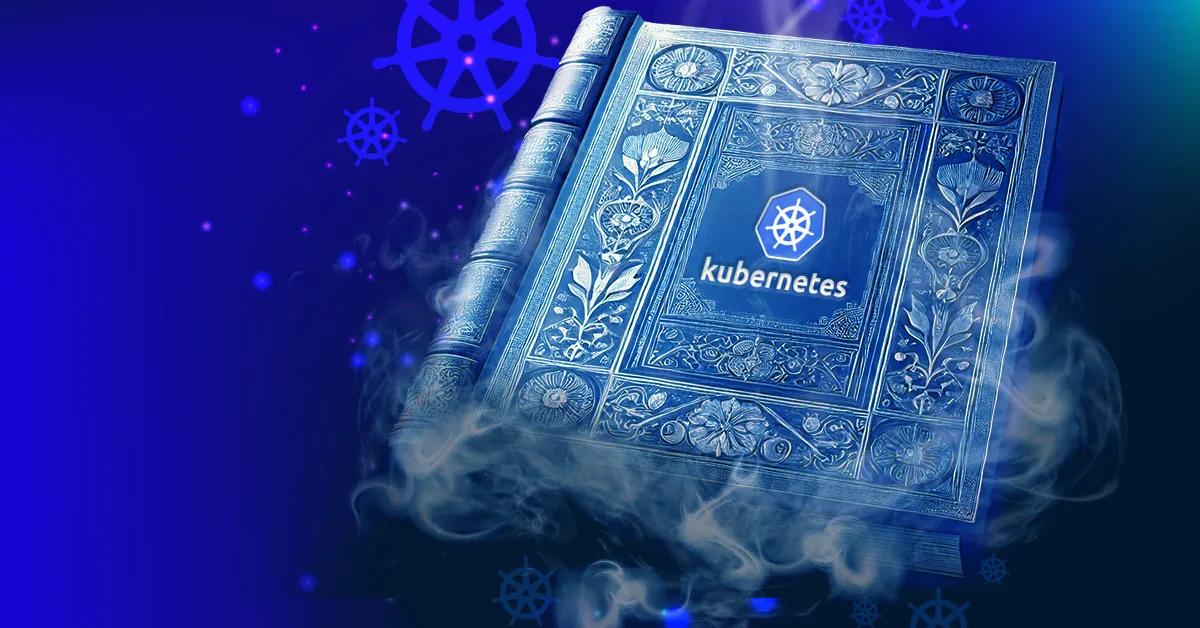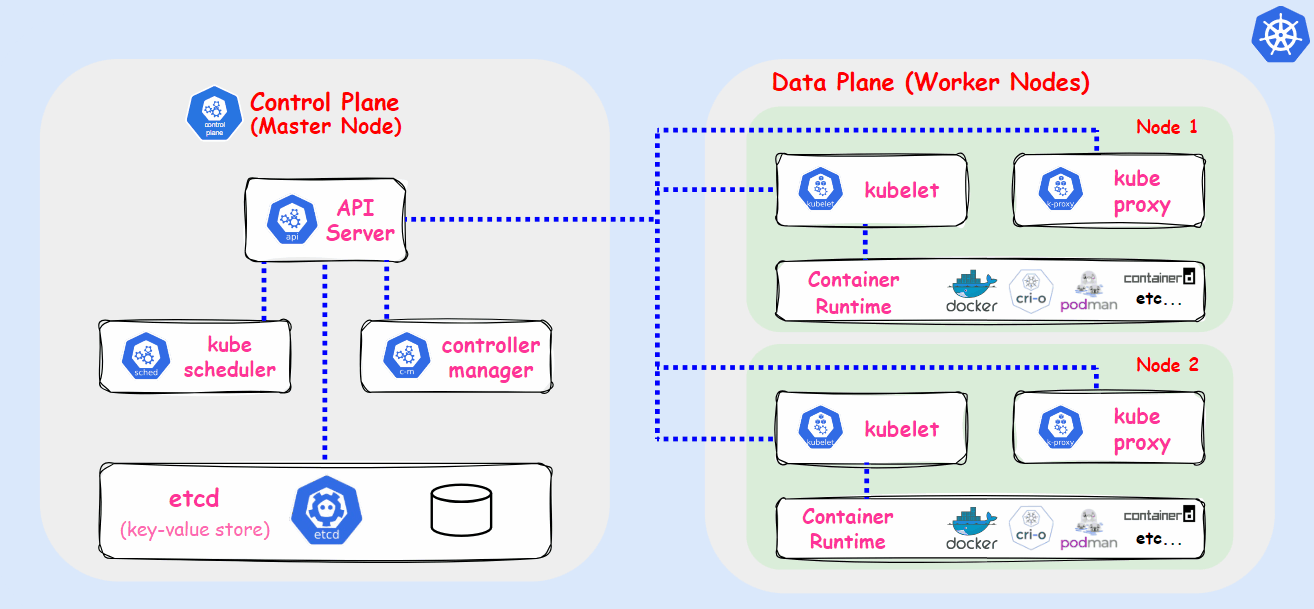Kubernetes 101: Understanding Its History and Architecture
 Komal Patra
Komal Patra
Once upon a time in the digital kingdom of Google, engineers were fighting a battle — not with code, but with downtime. Their mighty applications, serving millions, were crashing unpredictably. Something had to change.
So, like any wise tech wizards, the Googlers created a secret weapon: Borg.
🧠 The Birth of Borg: Google’s Internal Hero
Borg wasn’t just any tool. It was a framework with powers no one had seen before — it could auto-heal broken applications, auto-scale them based on load, and roll back to a safer state if something went wrong. Think of it like a time machine for apps — only smarter.
But there was a catch. Docker, which had just started making waves by simplifying containers, didn’t support such magical powers. So, Google decided to share its secret sauce with the world.
They transformed Borg into an open-source project. And thus, Kubernetes — also known as k8s — was born in 2014.
Cloud Native Computing Foundation (CNCF)
Cloud native technologies empower organizations to build and run scalable applications in modern, dynamic environments such as public, private, and hybrid clouds. Containers, service meshes, microservices, immutable infrastructure, and declarative APIs exemplify this approach.
These techniques enable loosely coupled systems that are resilient, manageable, and observable. Combined with robust automation, they allow engineers to make high-impact changes frequently and predictably with minimal toil. So, The CNCF adopted 😀 Kubernetes and now it is graduated & ranked as the No. 1 container orchestration tool.
What is Kubernetes?
At its core, Kubernetes is a powerful system written in Go language that orchestrates containers like a master conductor leading a symphony of microservices.
Cluster: It is a group of servers or nodes or instances. Kubernetes supports master-slave architecture.
Imagine a kingdom with a ruler (Control Plane) and many loyal workers (Nodes). This is how Kubernetes is structured.

Lets deep dive and understand each components:
👑 The Control Plane (a.k.a. Master)
This is the brain of Kubernetes — where decisions are made and orders are given. Let's meet the key figures in this royal court:
API Server (
kube-apiserver) – The royal gatekeeper. All commands pass through this channel, acting as the bridge between the user and the cluster.Scheduler – The royal planner. It decides which Pod runs where, optimizing resources across the kingdom.
Etcd – The royal historian. It keeps track of everything — all the state, all the secrets, stored in a secure, distributed key-value database. Only the API server has access to it, making it the Fort Knox of Kubernetes.
Controller Manager – The kingdom’s watchful eye. It ensures the desired state of the cluster matches the actual state, constantly making adjustments if anything goes off-balance.
Cloud Controller Manager – The envoy to the outside world. It interacts specifically with cloud providers (like AWS, GCP, Azure) — but in smaller castles like your personal PC, this role might not exist.
🛠️ The Data Plane (a.k.a. Worker Nodes)
Now let’s head to the frontline — the worker nodes. These are the servers (virtual or physical) where the real work happens.
Kubelet – The supervisor on each node. It ensures the containers are running exactly how they should. If anything breaks, Kubelet is on it.
Kube-proxy – The traffic cop. It routes network traffic inside and outside the cluster, ensuring your services are reachable and connected.
Pods – The smallest soldiers in this army. Each Pod can house one or more containers, sharing the same resources and destiny.
Container Runtime – The magic beneath it all. This is what actually runs your containers. While Kubernetes is container-agnostic, Docker has long been the most popular runtime used.
🧙♂️ And Then There’s Kubectl...
Think of kubectl as your wand. With it, you talk to the API server, issue spells (commands), and control the entire cluster — all from a command line.
⚠️ Fun Fact: Every component in Kubernetes — even the control plane ones — runs inside Pods. The exception? Kubelet, which runs as a daemon on each node.
🌟 The Legacy Continues...
Kubernetes — it’s a revolution. Born from the fires of Google’s infrastructure needs, matured under the guidance of CNCF, and now fueling cloud-native innovation across the globe.
Whether you're deploying your first app or managing thousands of services, Kubernetes is the orchestrator behind the scenes, ensuring everything just works.
So next time you deploy a Pod or run a kubectl command, remember: you’re standing on the shoulders of giants. 🚀
Subscribe to my newsletter
Read articles from Komal Patra directly inside your inbox. Subscribe to the newsletter, and don't miss out.
Written by
